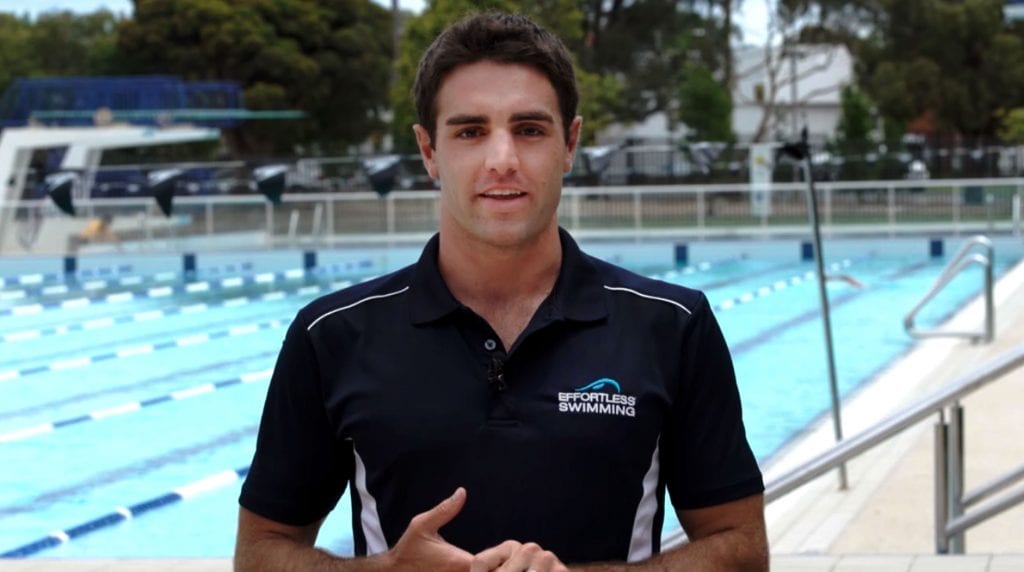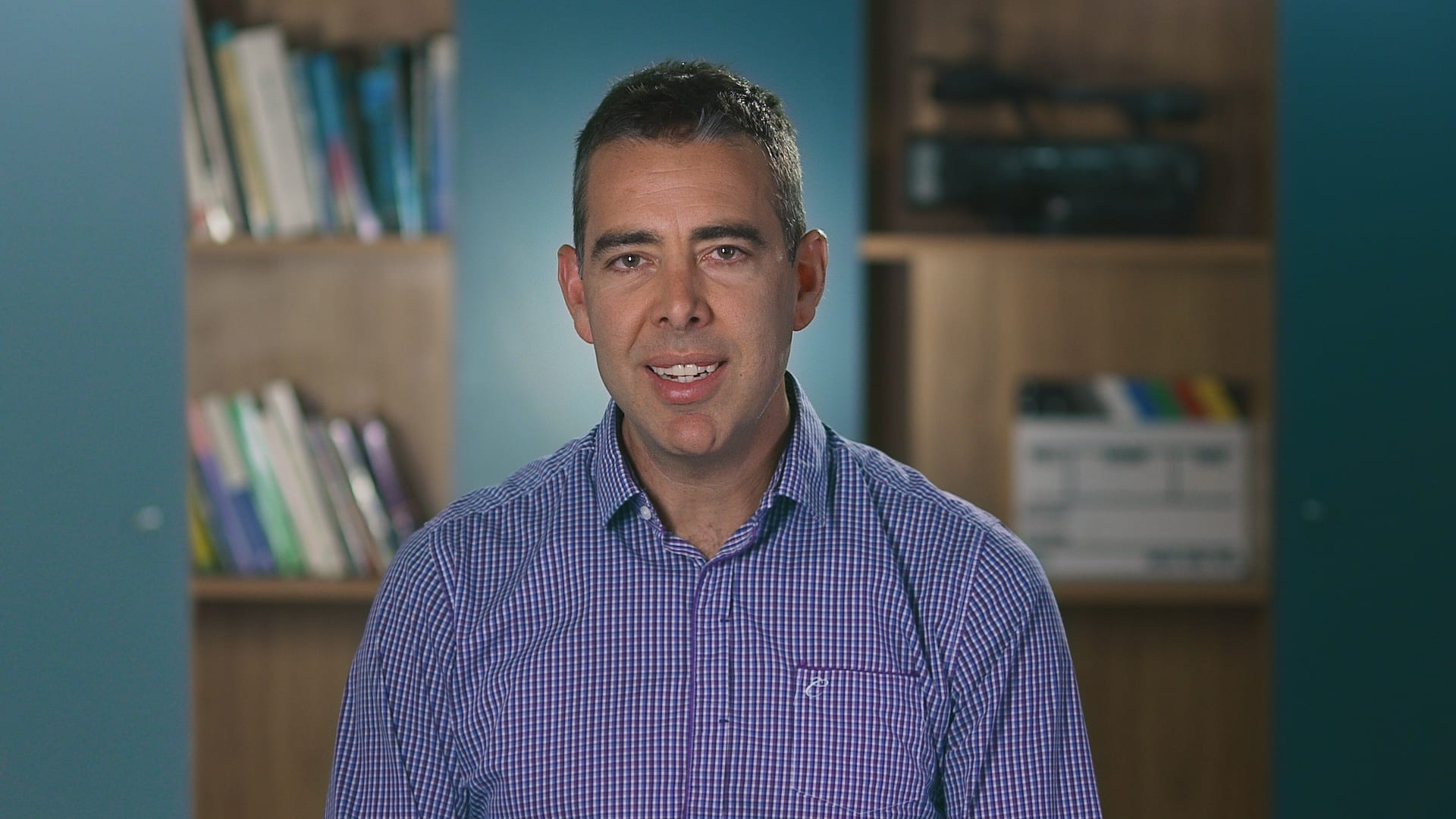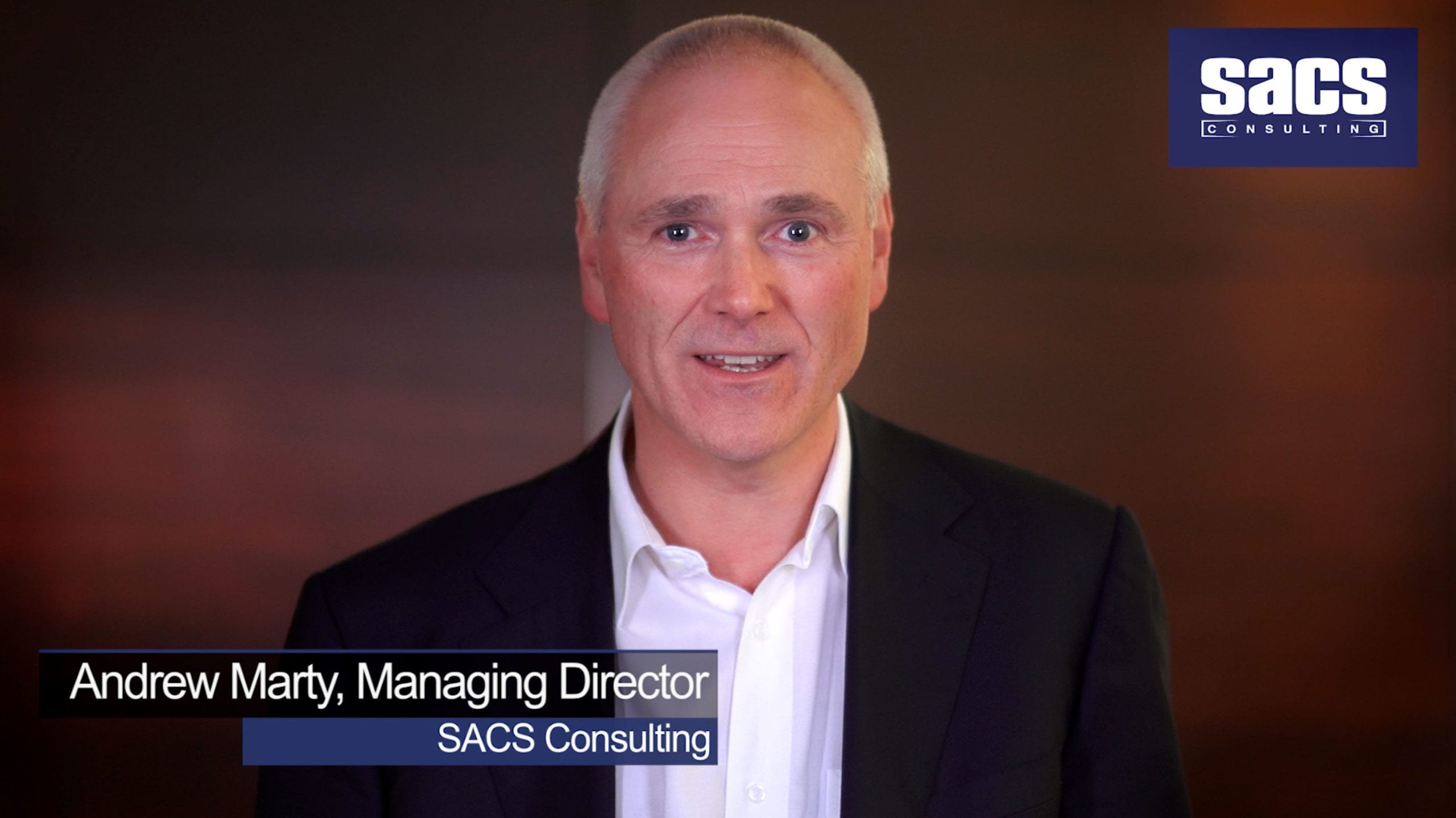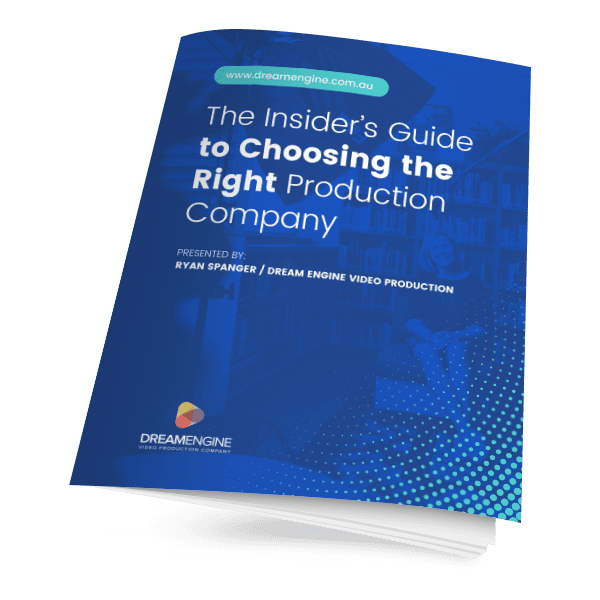Presenting on camera is not about performance. It is about connection. The goal is not to appear impressive. It is to speak to one person on the other side of the lens in a way that feels natural and steady.
Most people feel some discomfort the first time they do this. That is normal. With some preparation and simple techniques, anyone can learn to present clearly and confidently.

1. Think about who you are speaking to
Before filming, picture the person who will be watching. Not an audience. One individual. Someone who would genuinely benefit from what you are saying. When you speak to one person, your tone and expression soften. You become more relatable and real.
2. Keep your message simple
When there is too much information, the viewer loses the thread. Choose one message or idea per video. Use clear, everyday language. If you are using a script, read it aloud. If it does not sound like how you speak, simplify it until it does.
3. Rehearse just enough
This is not about memorising every word. It is about becoming familiar with the flow of what you want to say. A few run-throughs can help settle nerves and allow your natural voice to come through.
4. Work with the crew, not against them
A good crew is there to support you. They can help with eye line, pacing, posture and energy. If something feels off, ask for guidance. Small adjustments can make a significant difference in how comfortable and grounded you appear on screen.

5. Pay attention to small visual details
Video is honest. A loose collar or reflective glasses can become distracting. Take a moment to check clothing and posture. If needed, we provide basic makeup to soften shine and even tone. This is standard practice and simply helps you look like yourself on your best day.
6. Be yourself
Some people change their tone when the camera turns on. They try to sound more authoritative or formal. This usually creates distance. The most engaging presenters allow their natural tone to come through. If you gesture when you speak, let that happen. If you smile easily, allow it. A relaxed, steady presence is what connects.
7. Tell a story when appropriate
Stories help the viewer understand not just what you are saying, but why it matters. They also hold attention. Keep stories simple and relevant. A well chosen example can make a message land.
A brief example from a recent shoot
We recently filmed a senior executive who felt uncomfortable on camera. Instead of starting with the script, we spent a few minutes clarifying who he was speaking to and why. Once he began speaking to one real person rather than “the camera”, everything settled. His tone became steady, his message clearer, and he looked like himself.
Our role when we film presenter-led videos
We regularly film presenter-to-camera videos in Melbourne for businesses, government departments, universities and professional organisations. Our role is not only to manage lighting, sound and setup. It is to help you feel supported and confident so your message comes across naturally.
If you are planning a presenter-led video and would like guidance with preparation and filming, you can get in touch to talk through your project.

Ryan Spanger is the founder and managing director of Dream Engine, a Melbourne-based video production company established in 2002. With more than two decades of experience, Ryan has helped leading Australian businesses, government departments, and non-profits communicate their message with clarity and impact through video. He’s known for his strategic approach, reliable process, and commitment to producing videos that deliver measurable results.

